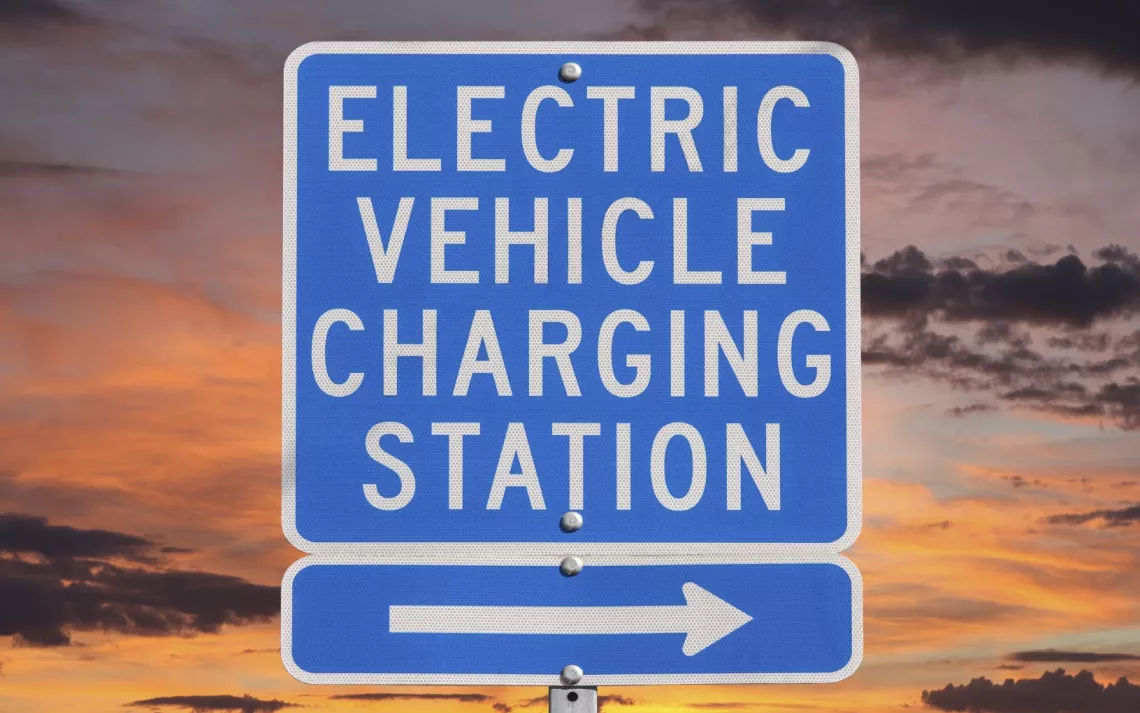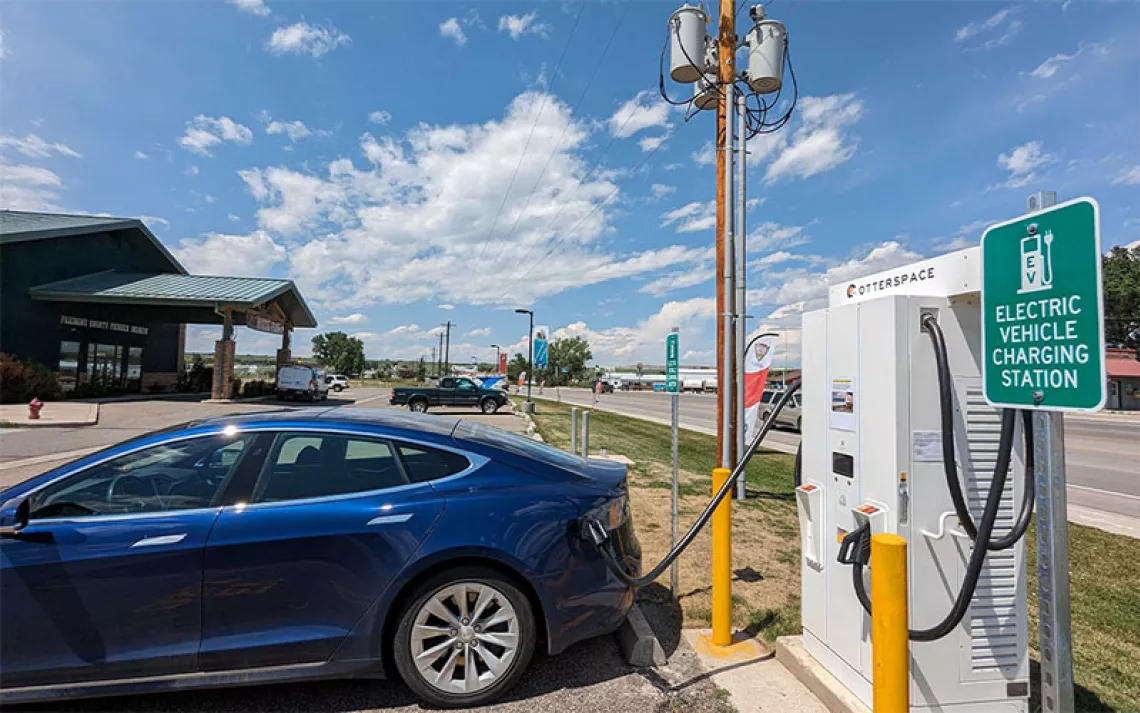What is the best car to buy in a coal-centric state?

Photo by iStockphoto/trekandshoot
Hey Mr. Green,
What is the greenest car for a state like Indiana? We get most of our electricity from coal, and much of our wind power is sold out of state. My husband drives a Toyota Prius, which he loves. My friend drives a Chevy Volt, which she loves. While I love the energy-independence aspects of an electric vehicle, I'm not so sure about our coal-fueled electricity.
—Leslie in Carmel, Indiana
You are correct that there are huge regional differences in emissions from power plants. Indiana gets almost 60 percent of its electricity from coal, and another 10 percent from natural gas, meaning that for each kilowatt-hour of electricity, Indiana emits about 1.379 pounds of carbon dioxide. Since nitrous oxide has about 300 times as much of the global warming potential as CO2, in Indiana each kilowatt-hour is responsible for releasing the equivalent of a total 1.74 pounds of carbon dioxide. By contrast, California emits less than half that amount, which makes the EV a good choice in that state and others with a much larger share of clean energy.
When the Volt is running totally on plug-in electric power, it uses .31 kilowatt-hours per mile, according to the EPA’s fuel economy ratings. When powered by gas alone, it averages 42 miles per gallon, meaning that it emits about 46.7 pounds of CO2 equivalent per 100 miles in your area. The Volt on electricity alone would actually produce somewhat higher emissions, or 54 pounds of CO2 equivalent per 100 miles. The Prius Eco does better than both in Indiana, getting 56 miles per gallon while emitting 35 pounds of CO2 equivalent per 100 miles. To use another example, the electric Nissan Leaf uses about the same amount of power as the Volt.
But—and this is an important qualifier—things are moving in the right direction. So far this year, two major coal plants in Indiana have shut down. In February, the Harding Street Station power plant, which once burned two million tons of coal annually, was retired. When the Sierra Club launched its Beyond Coal campaign in 2010, there were 26 coal plants in Indiana. Today there are 13. So all of the arithmetic I’ve offered above will soon change as the utility industry in Indiana continues to abandon coal. Even factoring in the emissions from coal-fired electricity, electric vehicles are lower in carbon emission than your typical conventional (non-hybrid) car, such as, for example, a Chevy Camaro that gets only 20 miles per gallon.
At least at this point in history, your decision in Indiana might come down to economics. Although it’s cheaper to operate electric vehicles, their higher selling price might cancel out that advantage. For example, the Chevy Volt’s suggested retail price ranges from $33,000 to $37,000, so even with Indiana’s cheap electricity, it might be better to buy a super-efficient conventional car that gets 35 or 40 miles per gallon.
But I’d encourage you to think about the long-term costs and benefits. Once you factor in the $7,500 federal tax rebate for purchasing an EV, the cost of that Volt could drop to as low as $26,000. Measured over a 5-year period and including lower fueling costs, EVs can cost less than many conventional vehicles. To help figure which EV model is right for you, check out the Sierra Club’s electric vehicle guide.
This article has been modified since it was originally published.
 The Magazine of The Sierra Club
The Magazine of The Sierra Club







